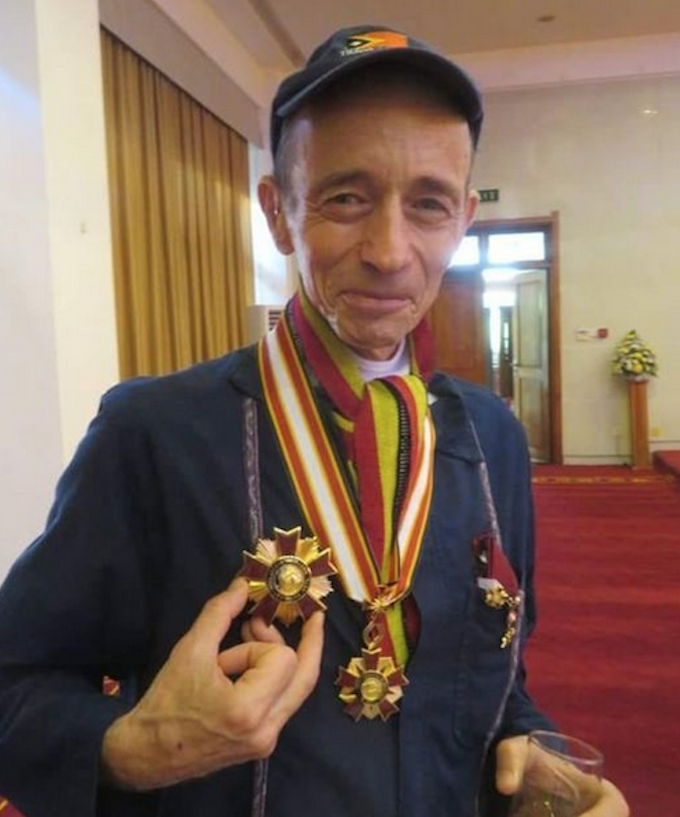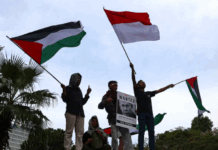
By Antonio Sampaio in Dili
Former Timor-Leste President Xanana Gusmão today lamented the death of journalist and filmmaker Max Stahl, recalling that his work had “changed the fate of the nation”.
In a letter sent to his widow Dr Ingrid Brucens, Gusmão, chief negotiator over East Timor’s maritime borders, said Stahl’s footage of the 1991 Santa Cruz massacre “exposed the repression and brutality of the Indonesian occupation” for 24 years.
His work was an archival history the country — a legacy for the Timorese nation.
- READ MORE: Timor-Leste’s ‘true hero’ cameraman Max Stahl who exposed Indonesian atrocities dies
- Timorese government condolences for Max Stahl’s death
“Few people have managed to make such a significant contribution to the nation,” Gusmão said.
He said Stahl was “loved by the Timorese” and that the country was “in mourning”.
Max Stahl died in Brisbane hospital early yesterday after a long illness.
The journalist was decorated by the state with the Order of Timor-Leste and the National Parliament awarded him Timorese nationality in 2019.
Born Christopher Wenner, but better known as Max Stahl, he began his commitment to East Timor on 30 August 1991 when he entered the country disguised as a tourist to film a documentary for ITV in Britain, In Cold Blood: The Massacre of East Timor.
He interviewed several resistance leaders and left because of his visa. However, he returned and secretly filmed the Santa Cruz graveyard massacre on November 12 that year.
The Portuguese government also highlighted Stahl’s “key role” in the “East Timor fight for self-determination”.
“Max Stahl played a key role in East Timor’s struggle for self-determination. Our condolences to the family, friends, and also to the Timorese people, who today lose a person who made an invaluable contribution to their history,” said the Foreign Affairs Ministry.













































